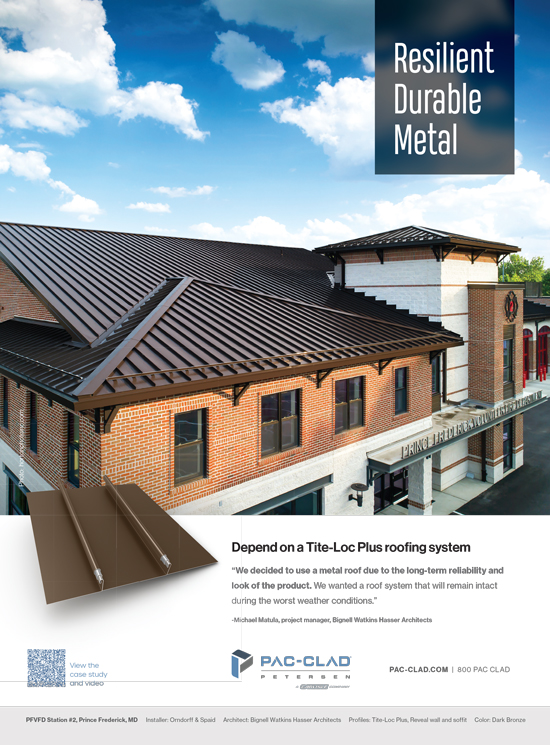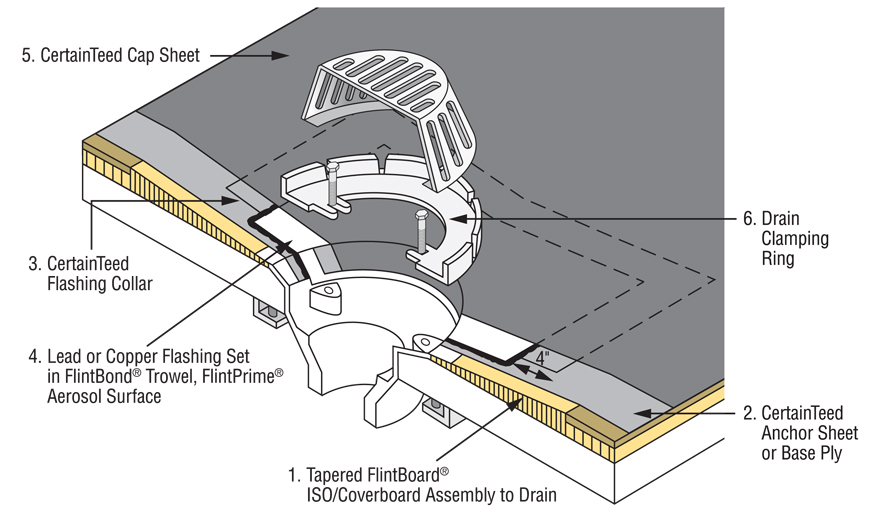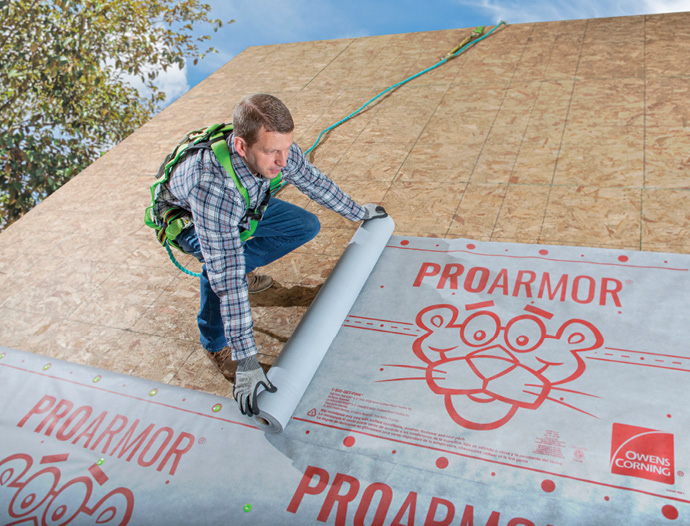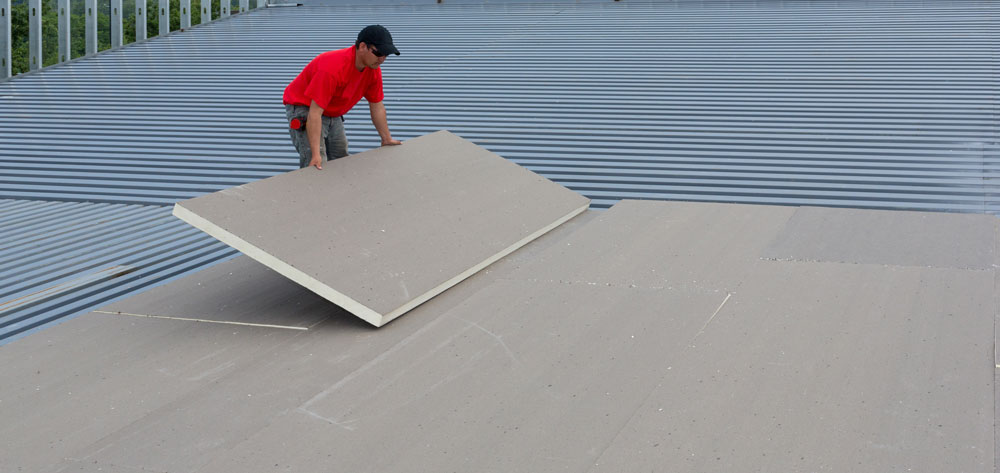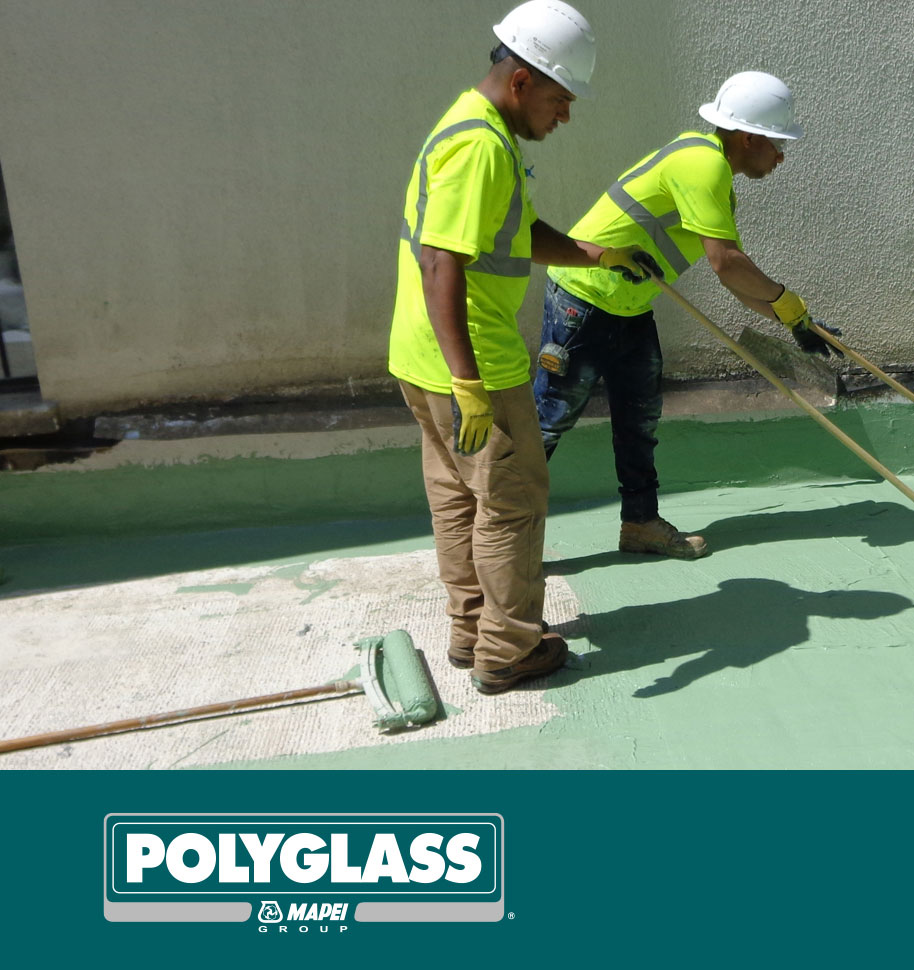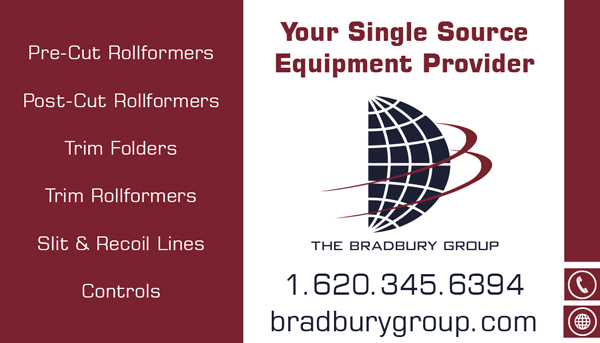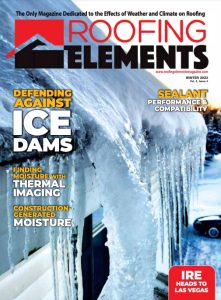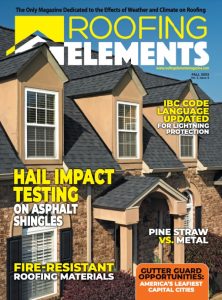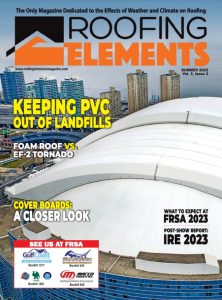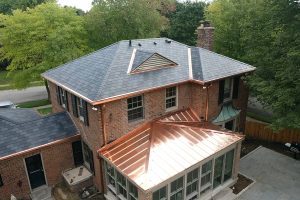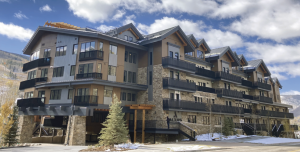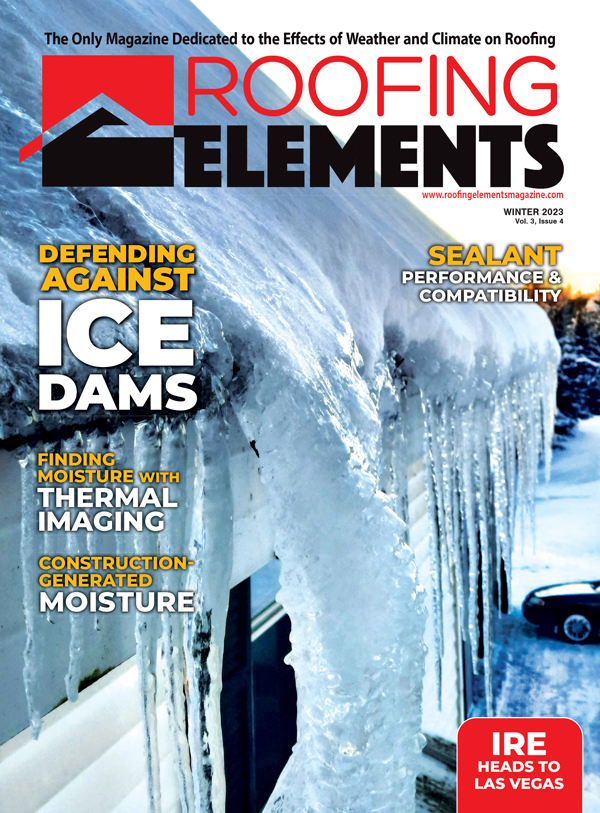BY ROOFING ELEMENTS STAFF
Any roof penetration is a potential leak. Because they can be a challenge to seal, the leak-prone areas are roof penetrations like curbs, drains, pipes, and other flashed details. We surveyed several roofers to learn what their biggest pain points are when it comes to flashing. One of the comments we heard several times, pertaining to many roof types, was: “There seem to be a lot of roofers out there who don’t know how to flash a chimney/ drain/ pipe.”
We turned to roofing material manufacturers to help address this issue by providing straightforward, practical advice for preventing leaks. We extend our thanks to these manufacturers for their contributions.
Compatibility & Safety
Be sure to verify compatibility of all products before you use them. Using the same type of material for the flashing as the roofing membrane is a safe practice. For example, use EPDM flashings for EPDM membrane systems, TPO flashings for TPO membranes, and so on. When a roof system is covered by a manufacturer’s warranty, using like products is nearly always required to prevent interruptions in warranty coverage.
For repairs to non-warranted roofs, other types of flashing materials can be used, such as liquid-applied coatings with or without fabric reinforcement. Also, use an appropriate primer whenever possible. Don’t use products designed for steep-slope applications on low-slope roofs or vice-versa.
When re-roofing, never re-use existing flashings. Remove old flashings completely and install new materials. Be sure to properly clean the area before installing the new flashing materials. Replace old worn-out pitch pans and fill with new pourable sealant. Another option would be to coat the entire penetration with a superior liquid flashing product and reinforce it with fabric. In some cases, using the liquid flashing option may allow it to be included in the manufacturer’s warranty of the full roof system, whereas the old pitch pan would likely be excluded from the warranty.
When welding thermoplastic materials, first conduct test welds on scrap material to ensure the right temperature setting of the hot air welder, and adjust the temperature as needed throughout the day. Follow the membrane and welding equipment manufacturers’ recommendations, and always follow good safety practices when using hazardous materials or equipment.
Self-Adhering Flashing
Always think about how water flows. If using a self-adhering flashing, be sure to install the membrane in a fashion where the water will flow over the overlaps rather than against them. It’s best to apply the membrane directly to the roof substrate (make sure any damaged sheathing is replaced), as opposed to over the top of felt or synthetic underlayment to ensure protection against the elements. Again, be sure the area is free of loose dirt and debris.
Some applications may expose the self-adhering flashing membrane to the elements. In these cases, the membrane must be rated for UV exposure. Membranes not rated for direct exposure to sunlight will ultimately break down and lose their waterproofing properties in a very short time frame.
If using caulks or sealants with self-adhering membranes, make sure they are compatible with the adhesive system of the membrane. Some caulks and sealants contain plasticizers or other chemical components that can liquefy the adhesive. Always consult the manufacturer when using a caulk or sealant that will encounter the adhesive system of a self-adhering membrane.
In most roofing applications, the membrane will be penetrated with roofing nails or other types of fasteners. When using self-adhering membrane, make sure the membrane is self-sealing around the fasteners for a waterproof barrier.
How High?
To prevent water infiltration from above the deck, waterproofing protection should reach 4”-8” up roof penetrations (or more, depending on the situation). Use pre-molded corners and pipe flashings when possible. Another option: Fashion corner patches from self-adhesive underlayment. [Learn how: https://bit.ly/SharkCorner.]
Whenever possible, make sure the penetration lines up within the center of the course; avoid having a penetration on a membrane side lap or end lap, or on a seam on a metal roof. If a penetration through a membrane lap is unavoidable, the use of a target is recommended.
For hot pipes such as woodstove and furnace flues, silicone pipe boots are recommended. EPDM won’t hold up to constant hot temperatures and will break down prematurely. Silicone pipe boots can withstand continuous high temperatures. Use products that are tested and proven to withstand high temperatures. For example, some silicone flashings are tested to withstand +500ºF (+260ºC) with intermittent heat exposure, and +437ºF (+225º C) with continuous heat exposure.
Details positioned on a rooftop are blasted by UV light; use EPDM flashings or silicone flashings that are made to resist weathering from ozone and ultraviolet light.
Curbs
For low-slope applications, once a curb location is properly marked by the mechanical contractor, be sure to cut the membrane in such a way that you maximize the use of the existing membrane; don’t cut the membrane in the shape of a large ‘X’ because more new material will be needed at the corners. Install appropriate base tie-ins and termination bar or counter-flashing to ensure long-term performance of the flashing.
The laps from the field to the flashing should be staggered. Cutting the first piece of flashing to end mid-way from the end of the field sheet will ensure that each successive flashing will end offset from the field.
For steep-slope applications, be sure to install crickets or saddles as recommended by the Sheet Metal and Air Conditioning Contractors’ National Association [www.smacna.org]. Standing water behind the curb often results in leaks. Saddles are generally recommended when the roof slope is greater than 6:12, when the curb width is greater than 12”, or when water is likely to accumulate (e.g., when there is a wall or other obstruction immediately above the new curb).
These are just a few pointers from manufacturers of roofing materials. When you have questions about materials and methods for your projects, local roofing distributors are often a valuable resource. l
Note: If you have advice, tips and tricks to share with roofers, email to editor Karen Knapstein at [email protected].
Thank you to the following manufacturers and suppliers for allowing us to use their expertise to educate roofers:
• Aztec Washer Co. www.aztecwasher.com
• Firestone Building Products www.firestonebpco.com/us-en
• Geocel www.geocelusa.com
• Kirsch/Sharkskin https://sharkskinroof.com
• MFM Building Products www.mfmbp.com
• Polyglass USA https://polyglass.us/


